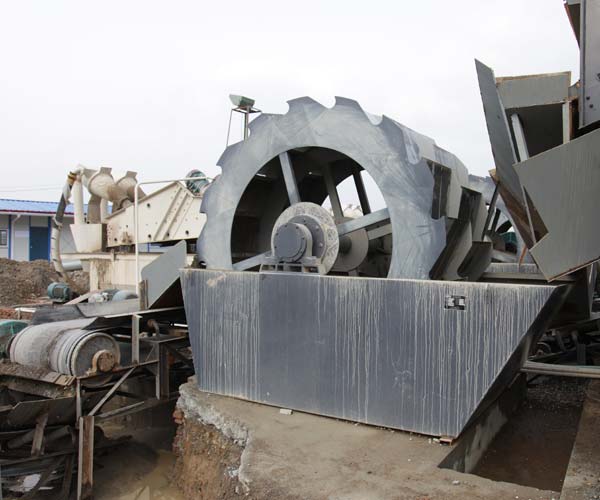
A coal washing plant’s effectiveness and longevity depend on the quality of its key components, including crushers, screens, cyclones, spirals, and flotation cells. Each component plays a vital role in the coal washing process, ensuring that impurities are efficiently removed and high-quality clean coal is produced.
24 Online Service
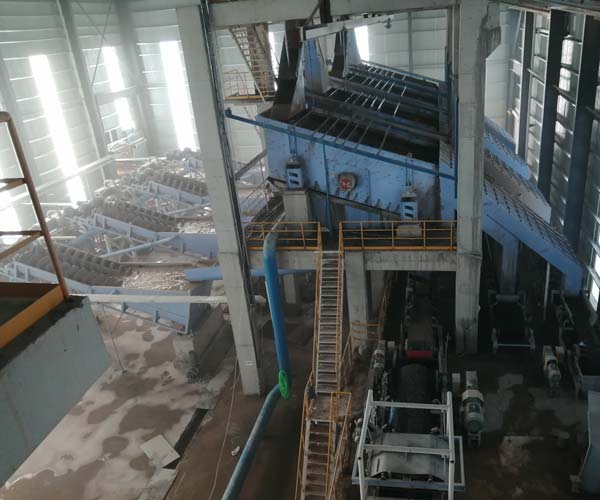
Coal has been a fundamental source of energy for centuries, providing power to industries and homes around the world. However, the environmental impact of coal mining and combustion cannot be ignored. To mitigate these effects and make coal a more sustainable energy source, coal washing plants play a crucial role.
A coal washing plant, also known as a coal preparation plant (CPP), is a facility that processes raw coal from mining operations to remove impurities and improve its quality. This process is essential to ensure that coal meets the required specifications for various applications, such as power generation and industrial processes. Coal washing involves several mechanical and chemical processes that vary depending on the characteristics of the coal and the desired end product.
The primary function of coal washing plants is to reduce the content of impurities and contaminants in raw coal. These impurities can include soil, rocks, sulfur, ash, and various minerals. By removing these impurities, the coal becomes cleaner and more suitable for combustion, thereby improving its energy efficiency and reducing environmental emissions.
Clean coal refers to coal that has undergone a cleaning process to reduce its environmental impact when burned. It is a significant concept in the context of mitigating the environmental and health concerns associated with coal use. Clean coal technologies, including coal washing, are essential for several reasons:
Clean coal technologies, like coal washing, help reduce emissions of harmful pollutants such as sulfur dioxide (SO2), nitrogen oxides (NOx), and particulate matter. These pollutants are major contributors to air pollution and respiratory diseases.
Clean coal burns more efficiently, producing more energy from less coal. This increased efficiency translates to reduced greenhouse gas emissions per unit of energy produced.
As the world seeks to transition to cleaner energy sources, it is essential to make the most of existing coal reserves. Clean coal technologies can extend the use of coal while minimizing its environmental impact.
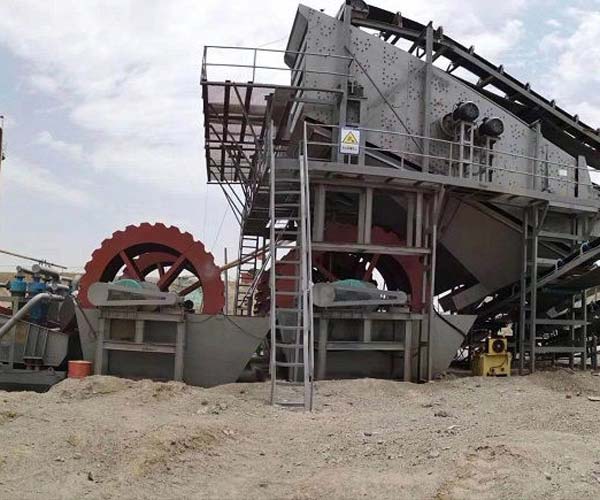
However, before coal can be used effectively, it must undergo a thorough cleaning process to remove impurities and ensure its quality. This is where a coal washing plant comes into play, employing a range of key components that work in tandem to achieve the desired results.
Crushers are the first line of defense in a coal washing plant, tasked with reducing the size of raw coal mined from the ground. These machines break down large chunks of coal into smaller, more manageable sizes, facilitating subsequent processing steps. Crushers come in various types, including jaw crushers, roll crushers, and impact crushers, each suited to different coal sizes and hardness levels. The choice of crusher type depends on factors such as coal characteristics and plant capacity.
Once the coal is crushed to an appropriate size, it is conveyed to screens. Screens are crucial components that separate coal particles based on their size. Vibrating screens or trommel screens are commonly used in coal washing plants. They classify coal into different size fractions, allowing efficient separation of coal from impurities like rock and shale. Proper sizing ensures that only coal of the desired size progresses to the next stage of processing.
Cyclones are employed in coal washing plants as a means of gravity separation. They work on the principle of centrifugal force, with coal slurry fed tangentially into a cylindrical chamber, causing particles to separate based on their density. Heavier impurities, such as shale and rock, are directed toward the outer wall and discharged, while lighter coal particles exit from the center. Cyclones are particularly effective in removing dense impurities and can handle a wide range of coal sizes.
Spiral separators are crucial components in coal washing plants, primarily used for gravity-based separation. These spirals are inclined troughs that create a spiral flow of coal and water, enabling the separation of coal particles based on density. Lighter coal particles float along the top of the spiral, while heavier impurities sink to the bottom. Spirals are highly efficient at removing impurities, especially in the fine coal fraction, which can be challenging to clean through other methods.
Flotation cells are integral to the coal washing process, especially when dealing with fine coal particles that are difficult to separate by gravity-based methods alone. Flotation involves adding reagents to a coal-water slurry, creating air bubbles that selectively attach to hydrophobic coal particles while leaving hydrophilic impurities behind. The coal froth formed by the attached bubbles is then skimmed off, leaving behind clean coal. Flotation cells are essential for achieving high-quality clean coal products.
Crushers break down raw coal into manageable sizes for further processing.
Screens separate coal from impurities based on particle size, ensuring proper sizing.
Cyclones employ gravity separation to remove dense impurities.
Spirals perform gravity-based separation, especially effective for fine coal.
Flotation cells use froth flotation to selectively remove hydrophobic coal particles.
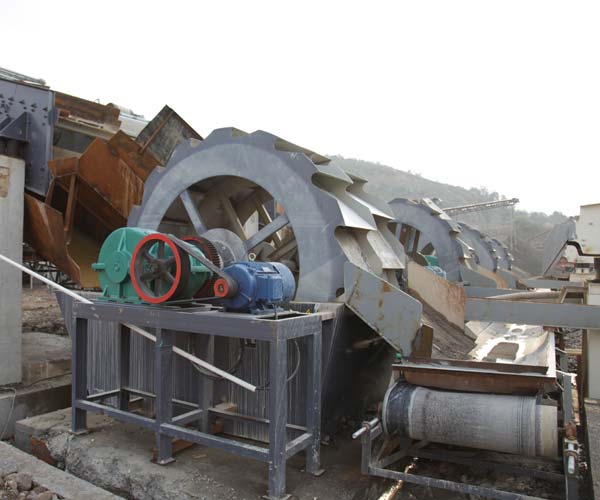
The process of purchasing a coal washing plant can be a significant investment for businesses in the coal mining industry. A coal washing plant plays a crucial role in cleaning and preparing coal for various applications, ensuring that it meets quality standards and environmental regulations. To make an informed decision and maximize the return on investment, potential buyers should follow a well-defined step-by-step process.
The first step in purchasing a coal washing plant is to clearly define your specific needs and objectives. Consider factors such as the type of coal you will be processing, the desired output quality, and the volume of coal you need to process regularly. Additionally, assess whether you require additional features like coal crushing capabilities, dewatering systems, or advanced control systems. Defining your needs and objectives will serve as the foundation for the rest of the decision-making process.
Once you have a clear understanding of your requirements, it’s essential to establish a budget for the purchase of the coal washing plant. Consider not only the initial purchase cost but also ongoing operational expenses and maintenance costs. To fund this investment, explore financing options such as loans, leasing, or partnerships. Carefully analyze your financial capacity and choose the financing method that aligns with your long-term financial goals.
Choosing the right supplier or manufacturer is a critical decision in the coal washing plant buying process. Start by conducting thorough research to identify reputable companies with a proven track record in supplying coal washing plants. Seek recommendations from industry peers and consult online resources, reviews, and testimonials. Make a list of potential suppliers and manufacturers, and ensure they have a history of delivering high-quality equipment and providing excellent customer support.
Once you have a list of potential suppliers, evaluate the technical specifications and capabilities of their coal washing plant models. Pay close attention to factors such as coal processing capacity, washing efficiency, and the ability to handle different coal types. Ensure that the plant you choose aligns with your defined needs and objectives. Consider whether the plant is customizable to accommodate future changes in your operations.
Capacity, efficiency, and scalability are critical factors when selecting a coal washing plant. Assess whether the plant can meet your current production requirements and whether it can be easily scaled up to accommodate future growth. Efficiency is essential for minimizing operating costs and environmental impact. Look for features that enhance energy efficiency and water recycling, as these can lead to significant savings over time.
A coal washing plant’s maintenance and operational requirements are often underestimated but can have a substantial impact on the total cost of ownership. Evaluate the maintenance procedures and frequency required by the plant. Consider whether you have the necessary resources and expertise in-house to handle maintenance or if you need to rely on external service providers. Additionally, assess the plant’s ease of operation and whether it requires specialized training for your staff.
A comprehensive warranty and reliable after-sales support are essential for ensuring the longevity and performance of your coal washing plant. Examine the warranty terms provided by each supplier, paying particular attention to coverage and duration. Inquire about the availability of spare parts and the supplier’s responsiveness to service requests. A supplier that offers excellent after-sales support can minimize downtime and ensure uninterrupted coal processing.
To make informed decisions at each step of the coal washing plant buying process, consider the following tips and insights:
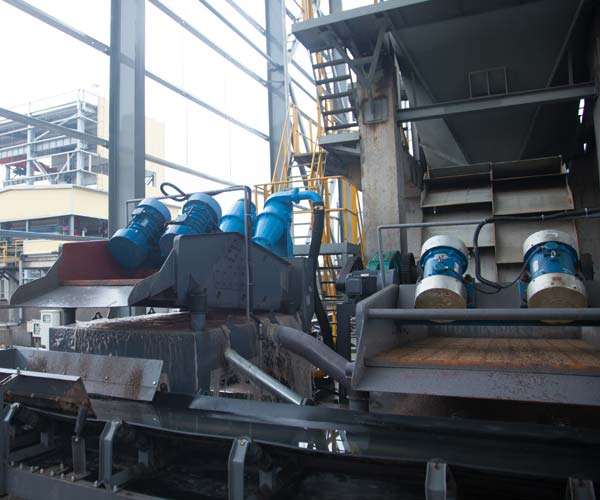
The adoption of cleaner technologies and practices is offering a glimmer of hope for the industry. One such technology that has garnered attention and proven its worth in recent years is coal washing plants.
One of the largest coal mining companies globally, operates the Moorvale Mine in Australia. In an effort to improve the quality of their coal while minimizing environmental impact, Peabody invested in a coal washing plant. The plant, equipped with advanced technology, allowed them to process raw coal more efficiently and reduce impurities.
A leading coal producer in the United States, faced a similar challenge to Peabody Energy. They sought to improve the quality of their coal while adhering to strict environmental standards.
A major Australian coal producer, operates the Moolarben Coal in New South Wales. Recognizing the need to align with sustainability goals, It invested in a coal washing plant at the to enhance their coal quality and reduce environmental impact.
Our Projects
Copyright © ZENITH, All Right Reserved.
